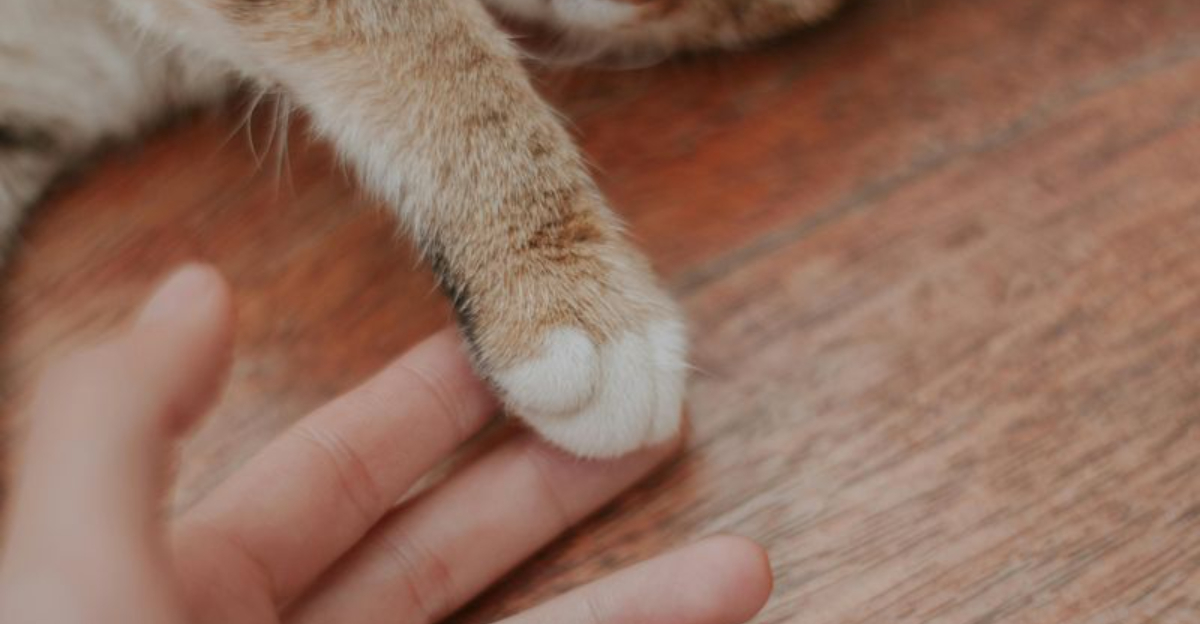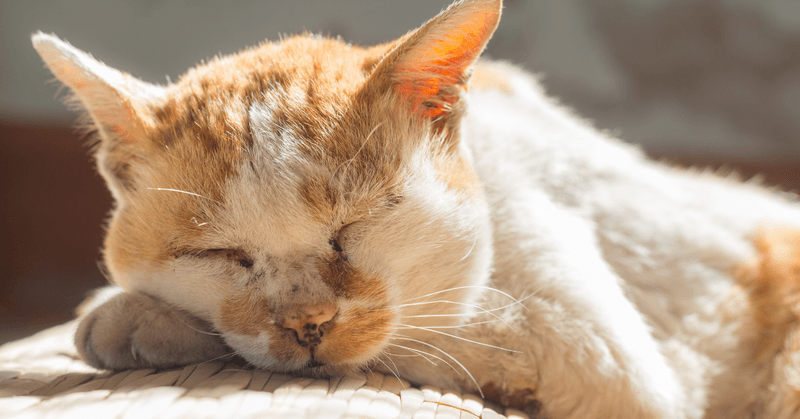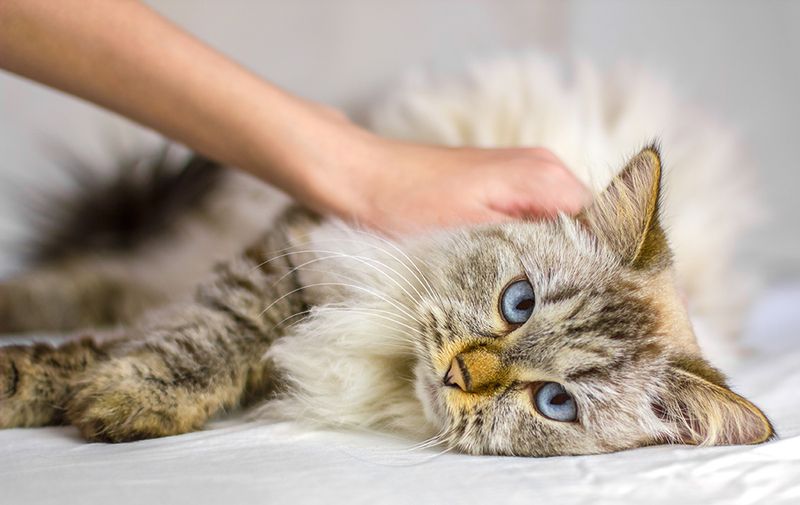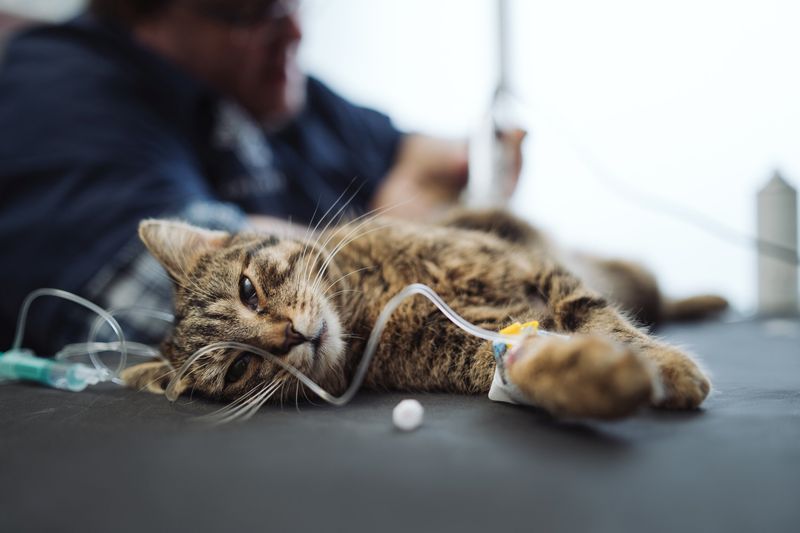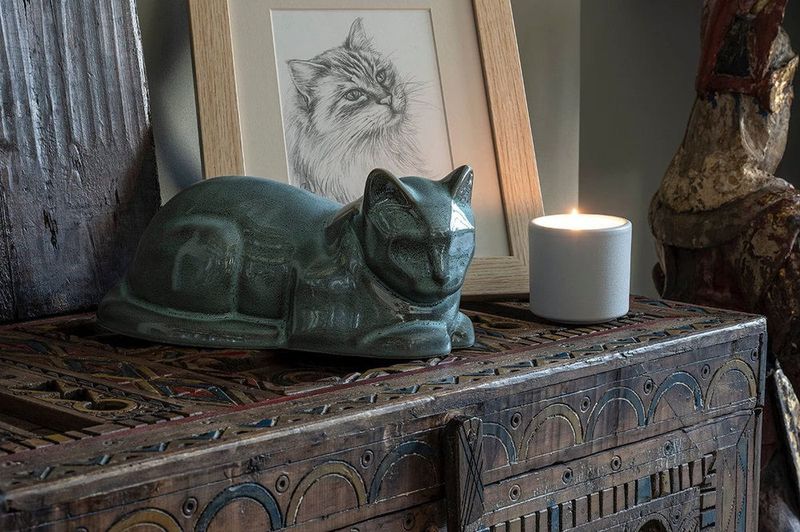📖 Table of Content:
- 1. Confirm the Cat’s Death
- 2. Allow Yourself a Moment to Grieve
- 3. Move the Body to a Cool, Quiet Place
- 4. Contact Your Veterinarian
- 5. Decide on Aftercare: Burial or Cremation
- 6. Use Proper Handling if Moving the Body
- 7. Notify Other Pets and Household Members
- 8. Create a Memorial or Tribute
- 9. Take Care of Yourself
- 10. Handle Legal and Logistical Details
Losing a beloved cat is one of the most heart-wrenching experiences a pet owner can face, especially when it happens at home. For many, the home is a sanctuary shared with their feline companion—filled with quiet moments, playful memories, and unconditional love. When that presence is suddenly gone, the grief can feel overwhelming, and knowing what to do next may be the last thing on your mind.
In such emotional moments, having a clear guide can make a difficult time feel just a little more manageable. Whether it’s understanding how to care for your cat’s remains, making decisions about cremation or burial, or simply taking the time to say goodbye, each step plays an important role in honoring their memory. It’s not just about logistics—it’s about offering your cat the love and dignity they deserve in their final moments.
This article outlines 10 essential steps to take when your cat passes away at home. From handling their body with care to supporting yourself and other household pets through the grieving process, these steps are meant to help you navigate both the practical and emotional aspects of loss. Whether your cat’s passing was sudden or expected, this guide will help you move forward with compassion and clarity.
1. Confirm the Cat’s Death
At first, it might be hard to accept what just happened. Before doing anything else, ensure your cat has truly passed away by checking for vital signs like breathing or a heartbeat. Gently place your hand on their chest to feel for movement. Try shining a light into their eyes—if the pupils don’t respond, it’s another sign. In some cases, cats may appear lifeless due to fainting or deep sleep, so it’s important not to make assumptions. If you’re unsure, call a veterinarian immediately for guidance. Peace of mind in this moment will help you move forward with the right steps. Although difficult, confirming the loss is the first part of saying goodbye.
2. Allow Yourself a Moment to Grieve
Grief has no timeline, especially when you lose a family member like your cat. Don’t rush into logistics—sit with your emotions and acknowledge the bond you shared. Cry if you need to, talk to them, or simply hold their paw. That quiet time allows you to absorb the shock and begin processing the loss. You are not being dramatic—your pain is real and valid. For many, pets are lifelong companions, offering unconditional love and comfort. Let yourself feel everything without guilt. Those early moments of grief are a tender part of honoring their memory.
3. Move the Body to a Cool, Quiet Place
In order to slow natural changes after death, it’s wise to move your cat to a cooler area if immediate aftercare isn’t possible. Using a clean towel or blanket, gently wrap their body to provide comfort and containment. Avoid warm or sunny areas, as they can hasten decomposition. Ideally, place your cat in a shaded garage, basement, or a box with ice packs beneath a towel. Make sure the space is quiet and safe from other animals or children. Taking this step calmly ensures you’re respecting their body while allowing yourself time to decide on next steps. It’s okay to pause here and breathe. This part is both practical and deeply emotional.
4. Contact Your Veterinarian
Even if your vet wasn’t involved in end-of-life care, they can still be an incredible resource now. Call the clinic and explain what happened—they’ll walk you through your options. Many veterinarians offer or coordinate cremation, burial services, or even pet pickup from your home. Don’t hesitate to ask questions about costs, timelines, and memorial services. A professional’s support at this stage can ease your decision-making burden. They may also provide grief resources or recommendations for pet loss counselors. Above all, they understand how meaningful your pet was. You don’t have to figure everything out on your own.
5. Decide on Aftercare: Burial or Cremation
Soon, you’ll need to decide how to care for your cat’s remains—an emotional yet necessary step. Cremation is a common choice, often offered by veterinarians or pet crematoriums. You can choose between private cremation (where you receive the ashes) or communal. If local laws permit and you’re emotionally ready, a home burial can be meaningful. Always check zoning regulations and dig deep enough to avoid wildlife disturbance. Pet cemeteries are another option, offering formal plots and memorial markers. Think about what feels right for you and your cat’s memory. Let this decision be guided by love and personal values.
6. Use Proper Handling if Moving the Body
Handling your cat’s body with care honors the life they lived. Start by wearing gloves to protect yourself and maintain cleanliness. Gently wrap them in a blanket or towel, and consider placing them in a secure box or container for transport. Keep them lying flat, with limbs tucked in naturally if possible. If you’re traveling to a cremation service or vet, make sure the vehicle is clean and cool. Taking these precautions helps preserve their dignity and keeps the process sanitary. Even in sorrow, this moment can be handled with compassion. You are doing the right thing.
7. Notify Other Pets and Household Members
Sometimes, we forget that other pets and family members grieve too. If you have children, explain the situation in honest, age-appropriate terms. Offer them comfort and let them express their feelings however they need. For other pets, allow them to see or smell their departed companion if you feel it’s safe—they often understand more than we expect. Changes in behavior like searching, whining, or changes in appetite are normal signs of pet mourning. Be patient with them as you all adjust to the loss. This is a time to support each other and remember the good moments. Grief shared becomes grief softened.
8. Create a Memorial or Tribute
Memorials come in all shapes and forms—choose what feels special to you. Lighting a candle, planting a flower, or framing your favorite photo can create a small sanctuary of remembrance. Some people write letters, create art, or even design digital tributes to celebrate their cat’s life. A paw print mold or keepsake urn can also serve as lasting tokens. These acts of remembrance help give shape to the love you still feel. There’s no right or wrong way to honor your pet. What matters is that the tribute brings you comfort and reflects your bond. Your cat’s memory deserves a space in your heart and your home.
9. Take Care of Yourself
Let healing begin by giving yourself permission to rest. The emotional toll of losing a pet can be just as intense as losing a human family member. Don’t brush aside the pain—treat yourself gently in the days to come. Eat nourishing food, get some sleep, and reach out to someone who understands. If your grief feels overwhelming, consider a pet loss support group or hotline. You’re not alone in this experience, and others have walked this path before you. Allow yourself to talk about your cat, look at photos, or even write down memories. This is part of your healing journey.
10. Handle Legal and Logistical Details
Eventually, you’ll need to wrap up a few final details. If your cat was microchipped, contact the registry to update their status. You may also want to cancel pet insurance or notify any services tied to their care. Donating unused food, toys, or medications can be a meaningful way to pass on your cat’s legacy. Some choose to keep a few favorite items as keepsakes while sharing the rest with local shelters. Though these are small tasks, they help close a chapter with intention. Addressing these details at your own pace can feel surprisingly grounding. It’s a way of transitioning from loss to remembrance with grace.
